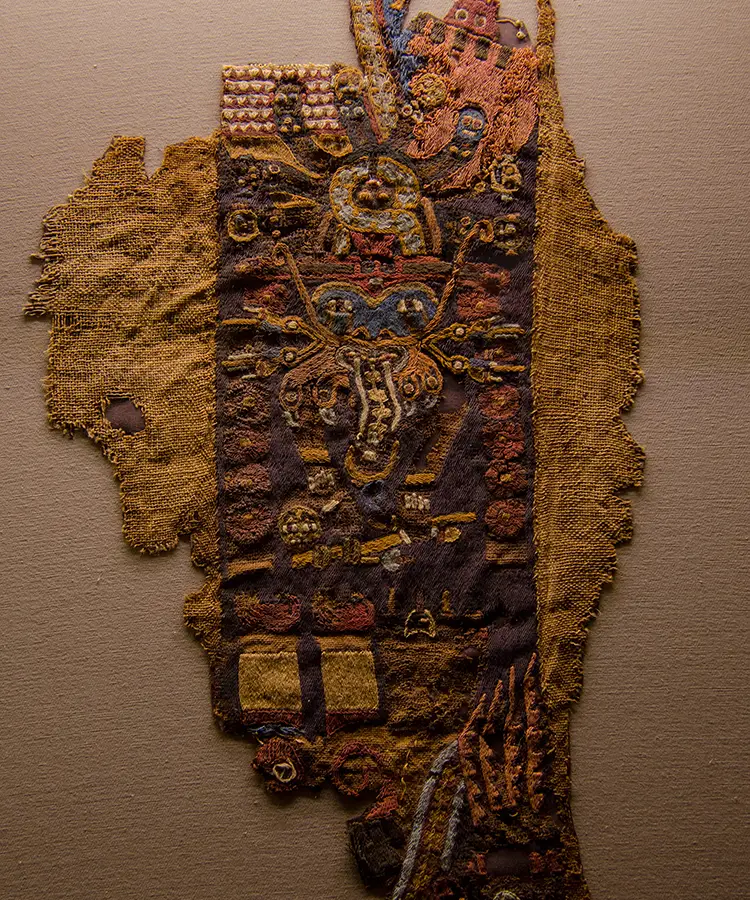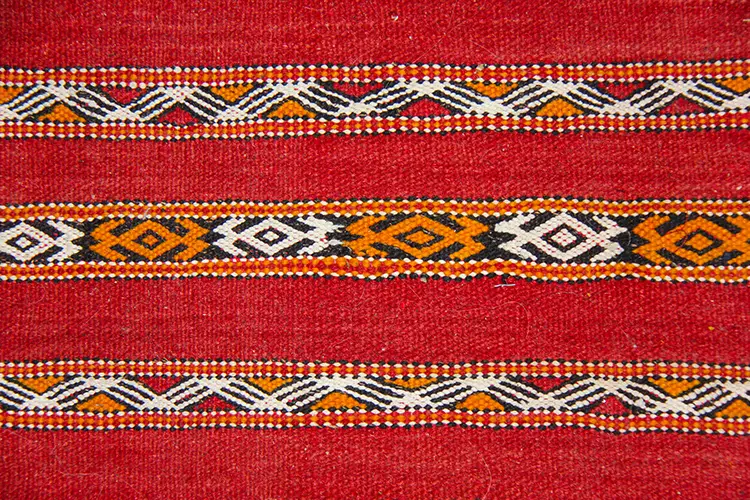

AMS radiocarbon dating is widely used method to determine the age of organic materials, including textile. Procedure can be applied for carpets, clothes, linen, ropes, bamboo, cotton, wool and other textile materials. Recommended quantity is at least 20 milligrams. It is around 2 cm length wool thread. of Sample should be dry, clean and to look well preserved, because poor quality samples often fail to demonstrate needed parameters, and reliable C14 information cannot be obtained. Together with C14 on demand we can measure and d13C stable isotopes values, using Isoprime VISION isotope ratio mass spectrometer from Elementar GmbH (Germany) results. Prior to radiocarbon (14C) dating all samples are being selected and pre-treated according to the type, quantity and condition of material, and then graphitized. This is one of the most important phases in the carbon dating process, which requires highest expertise to achieve reliable and accurate result. Textile samples in VILNIUS RADIOCARBON laboratory are being pre-treated using exceptionally best-on-the-market chemicals and consumables and strictly following internally and internationally approved methodology according to the protocol.

Preferred sample size: >40 mg
Minimum sample size: 20 mg
Textile samples for radiocarbon dating are materials derived from textiles, which are fabrics or cloths made through weaving, knitting, or other textile processes. These organic components can include fibers, threads, wool, silk or other materials derived from plants or animals. Canvas is commonly made from plant fibers such as cotton or linen.
Textile and canvas samples firstly undergoes solvent extraction to remove carbon contamination associated with production or handling. The contaminants are extracted in a sequence of hot solvents: hexane, acetone, ethanol, followed by a distilled water wash if a contaminant is suspected but its identity unknown. Where the exact contaminant is known, the choice of solvent is tailored to the specific contaminant (e.g., chloroform for latex and certain waxes; water, acetone, and methanol for PVA and Resistol; methanol for shellac). After that samples are treated using the standard acid-base-acid (ABA) method, which involves a sequence of 0.5M HCl (70°C), <0.1M NaOH (70°C) and 0.5M HCl (70°C) . Samples are dried in pH=3 solution. The C:N ratio serves as a reliable indicator for assessing the quality, including contamination levels, of wool and silk. A C:N range of 2.9 to 3.4 for silk and 3.4 to 3.8 for wool is commonly regarded as indicative of high sample quality, indicating minimal contamination.
Before sending the sample, we recommend to check here, how your sample’s result in the dating certificate will look.

By using this website you agree with our privacy policy